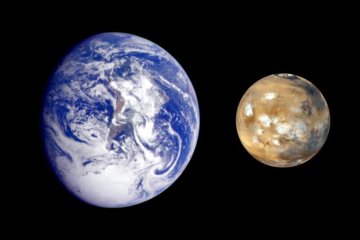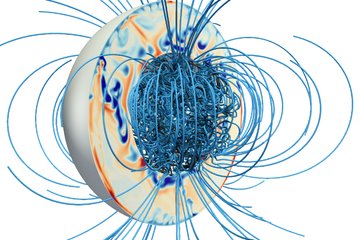All genres
1.
Journal Article
Reconstruction of spectral solar irradiance since 1700 from simulated magnetograms. Astronomy and Astrophysics 590, A63 (2016)
2.
Journal Article
Modelling total solar irradiance since 1878 from simulated magnetograms. Astronomy and Astrophysics 570, A23 (2014)
3.
Journal Article
Limits to solar cycle predictability: Cross-equatorial flux plumes. Astronomy and Astrophysics 557, A141 (2013)
4.
Journal Article
Sunspot Group Tilt Angles and the Strength of the Solar Cycle. Astronomy and Astrophysics 556, C3 (2013)
5.
Journal Article
Solar Cycle Propagation, Memory, and Prediction: Insights from a Century of Magnetic Proxies. Astrophysical Journal 767 (2), L25 (2013)
6.
Journal Article
Internal dynamics of Abell 1240: a galaxy cluster with symmetric double radio relics. Astronomy and Astrophysics 503 (2), pp. 357 - 371 (2009)
7.
Talk
Modelling total solar irradiance using a flux transport model. EGU, Vienna, Austria (2014)
8.
Talk
RECONSTRUCTIONS OF SOLAR IRRADIANCE ON CENTENNIAL TIME SCALES. 40th COSPAR Scientific Assembly, Moscow, Russia (2014)
9.
Poster
Total solar irradiance reconstruction since 1700 using a flux transport model. 40th COSPAR Scientific Assembly, Moscow, Russia (2014)
10.
Thesis - PhD
Solar variability: A new proxy and models of solar irradiance variations. Dissertation, Techn. Univ. Carolo-Wilhelmina, Braunschweig (2011)











